Tadeusz Banachiewicz Astronomical Observatory in Lubomir. Poland
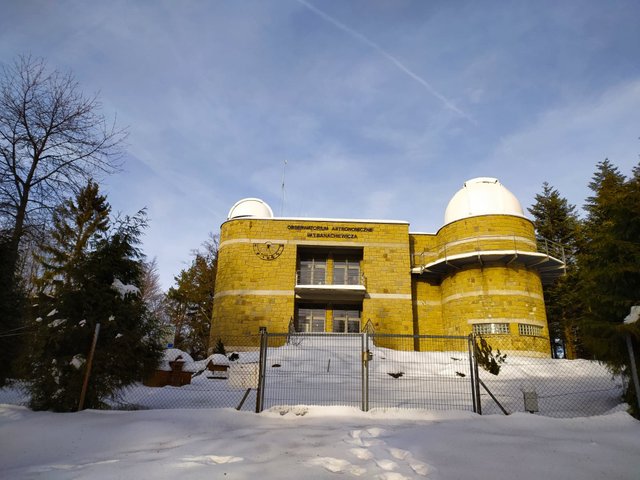
Hello everyone!
On January 1, a few hours after welcoming the new year, I decided to go on a New Year's trip, because how to hear - what a new year, such a whole year.


The weather did not disappoint me, it was gently under the cloud with a significant majority of sun interference. In addition, windless and with a LOT OF SNOW :)
It is a journey to the top of Mount Lubomir - height 904m a.s.l. - located in the Lubomir and ysina Bands, being part of the Beskid Wyspowy Trail, in which there is the Astronomical Observatory.
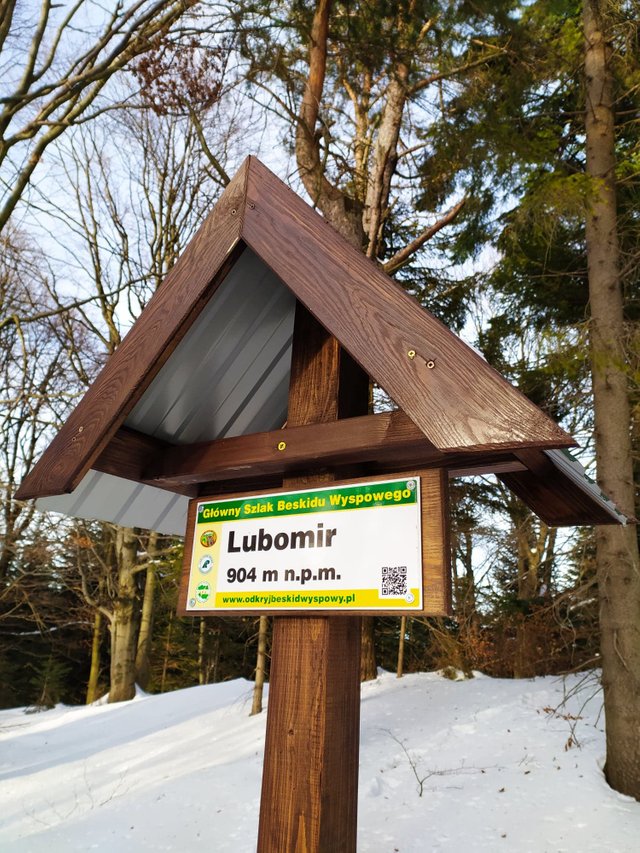
There are 8 stops on the route, each with a wooden board with information about the history of this place and a bench where you can relax between the stops.
The first stop was unfortunately destroyed so I'll start from the second.
stop no. 2. "What are comets and why can they be found in the coat of arms of the Winiowa commune."
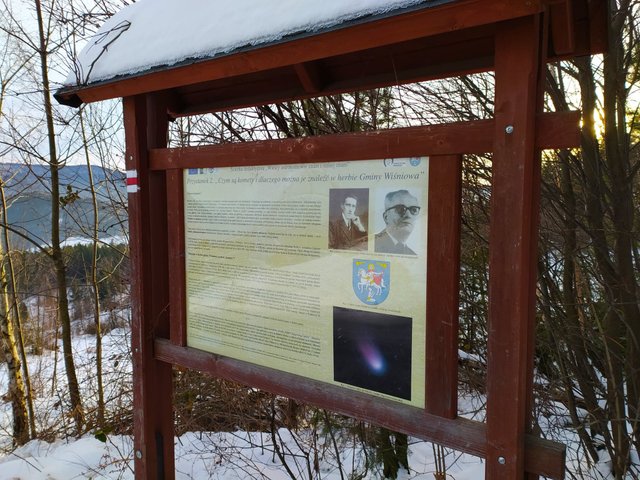
Here is the concept - comet and description of the place where the Observatory is located - Wiśniowa - and why there are comets in its coat of arms. In short, the comet is a small celestial body that, moving in a planetary system, when under the influence of its heat approaches the sun, creates a gaseous envelope around itself called the head. The comet nucleus consists of a mixture of rock ice chips solidified with frozen carbon dioxide and water with the addition of ammonia, methane and other compounds. Then, if the comet is close to the central star, a comet's braid is formed, which is formed from gas and dust, which the comet's nucleus throws into space.
The most famous comet is Halley's comet discovered by Edmund Halley. Appears periodically every several hundred / several dozen years. There are theories that Halley's Comet was a Bethlehem Star.
The coat of arms of the Wiśniowa commune - two comets.
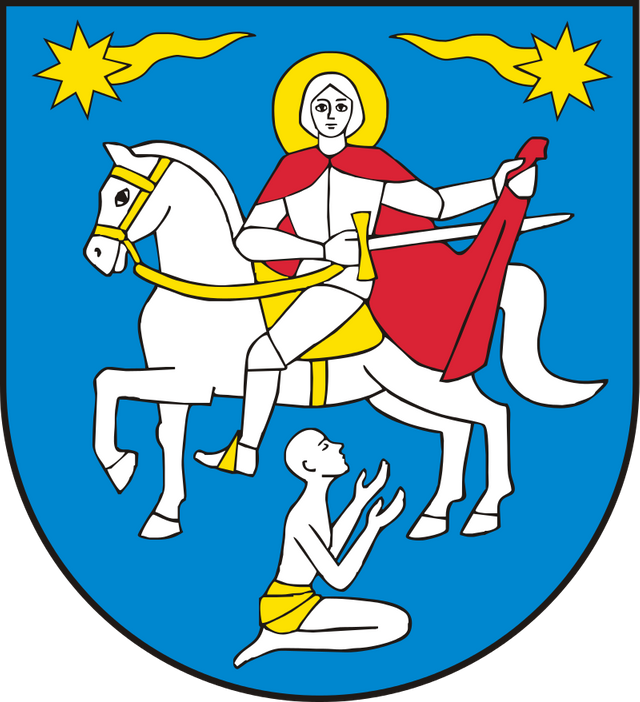
source: https://pl.wikipedia.org/wiki/Herb_gminy_Wi%C5%9Bniowa
"In recognition of the merits and in memory of the discoveries made in Lubomir, the authorities of the Wiśniowa commune decided to place the symbols of two comets in the coat of arms of the commune."
The first comet during the existence of the then Astronomical Station in Łysin on April 3, 1925 was discovered by Lucjan Orkisz. It was also the first Polish comet. He used the Merza telescope with a lens diameter of 115 mm to discover.
Władysław Lis discovered the second comet on July 17, 1936. Apart from Lis, two other people simultaneously observed this phenomenon. Japanese Sigeru Kaho and Stefan Kozik.
Poles in their overall achievements have a total of 9 comets.
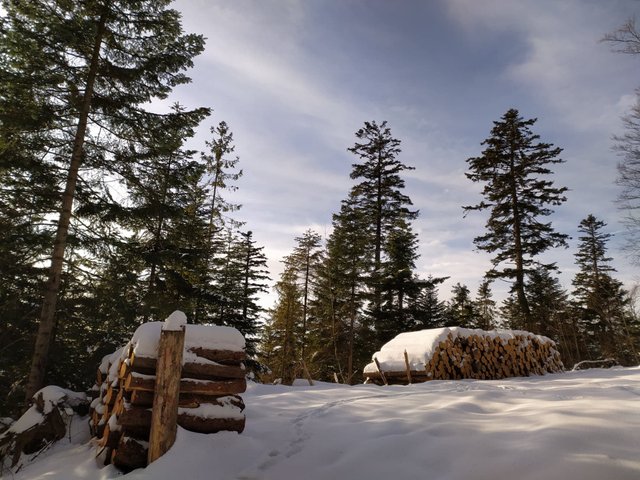
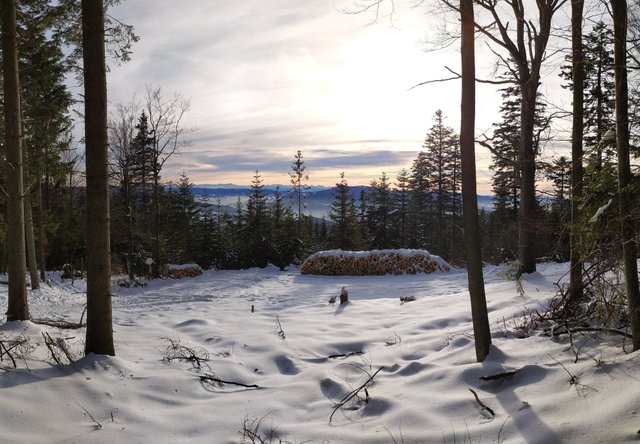
Stop 3. "Aleksander Wolszczan - discoverer of the first extrasolar planetary system"
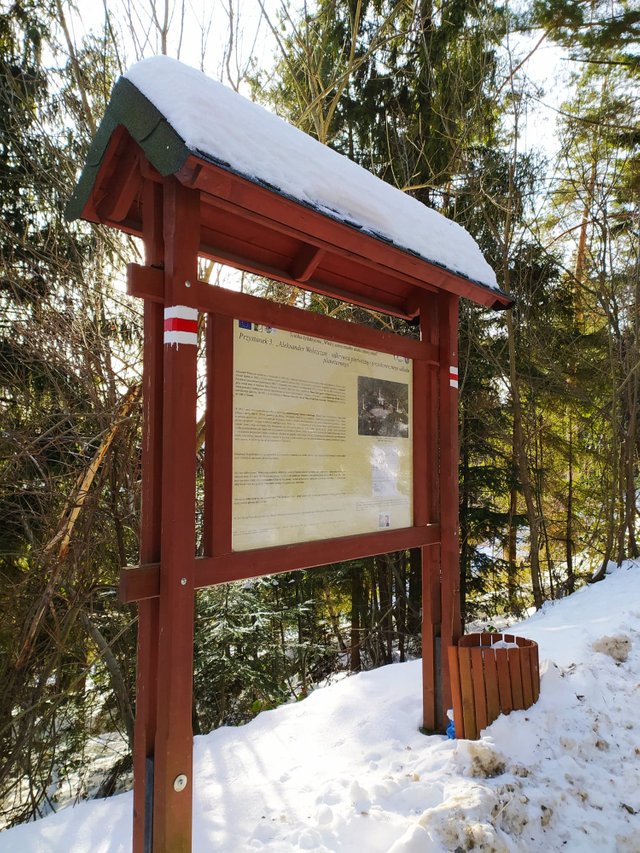
He briefly describes the biography of the physician mentioned above. Course of science and information in which year he made the discovery. Namely, during his stay in Arecibo, where he worked at the Observatory on the world's largest radio telescope with a diameter of 305 m. It took place in 1991. The planets he discovered revolve around the pulsar PSR-B 1257 + 12 - just like Earth and other planets around the sun. Mr. Alexander in his notes describes that his discovery was quite unusual, because pulsars are neutron stars with a diameter of several / several kilometers. They emit uniform radiation at regular intervals, while the radiation of "his pulsar" was like something disturbed. Uneven. It turned out that these disorders were 3 planets that obscured the source of radiation. As for the conditions on these planets, little is known, except that there is strong gamma radiation. In memory of this discovery, Poczta Polska in 2001 issued a stamp with the image of prof. Wolszczana and Mikołaj Kopernik. Since this discovery, scientists have already made over 335 views of this kind of new planets. The exact number is difficult to give because confirmation of such discoveries takes quite a long time and there is now more and more of this type of astronomical success.
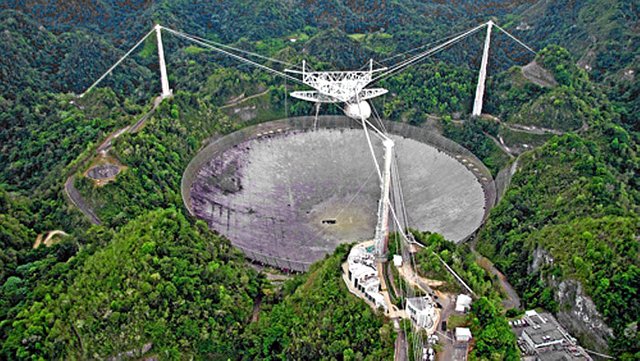
source: http://www.astronomy.com/news/2017/11/arecibo
Stop 4. "Pulsary - stars that can be heard"
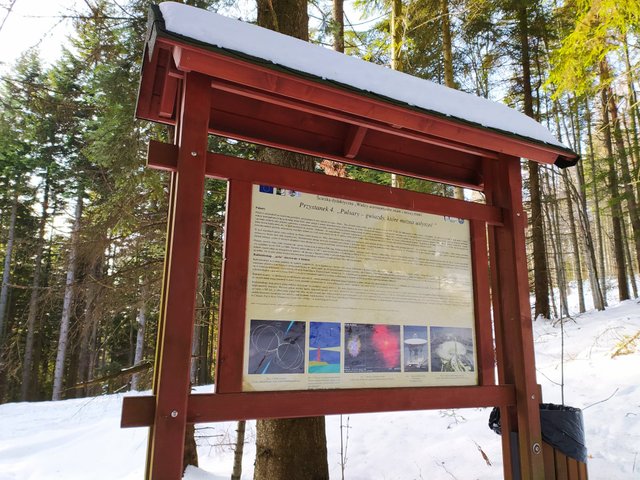
Pulsar - Pulsating Radio Source - is abbreviated as PSR. Then the coordinates in the sky are added. In addition, they have the designations B or J depending on whether they were discovered until 2000 or after. For example, the first pulsar discovered is PSR B1919 + 21 by Jocelyn Bell in Cambridge in 1967.
Pulsars are the remains of a massive star, at least 8 times heavier than the Sun. The fuel of such an "old star" is hydrogen, when it runs out, the next raw material is helium, and this way more and more heavy elements are formed up to iron. When all the elements that could have been taken for the fusion reaction run out, the star explodes and a supernova arises. The nucleus remains from a huge star that becomes smaller and denser. It consists of neurons without charge.
I discover pulsars using radiotelescopes. These are huge and very sensitive antennas that can record the weakest radio signals, similar in appearance to military radars. The largest in the world is the previously mentioned 305-meter diameter radio telescope in Arecibo. There is also a radio telescope in Poland, it has a diameter of 32 meters and is located in the Astronomy Center of the Nicolaus Copernicus University in Piwnice near Toruń.
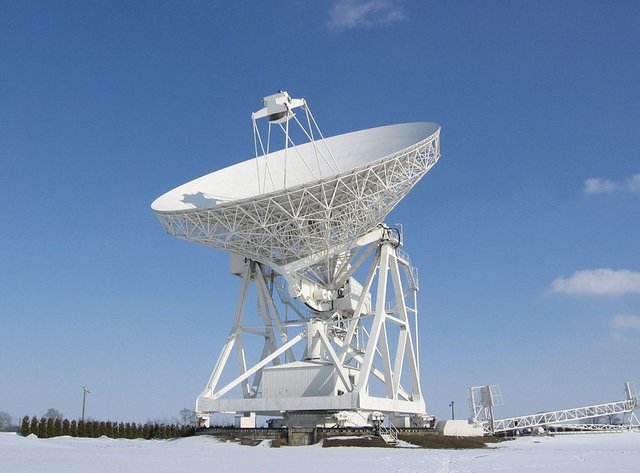
source: https://pl.wikipedia.org/wiki/Obserwatorium_Astronomiczne_UMK_w_Piwnicach
Stop 5. "Kazimierz Kordylewski - discoverer of the Earth's moons"
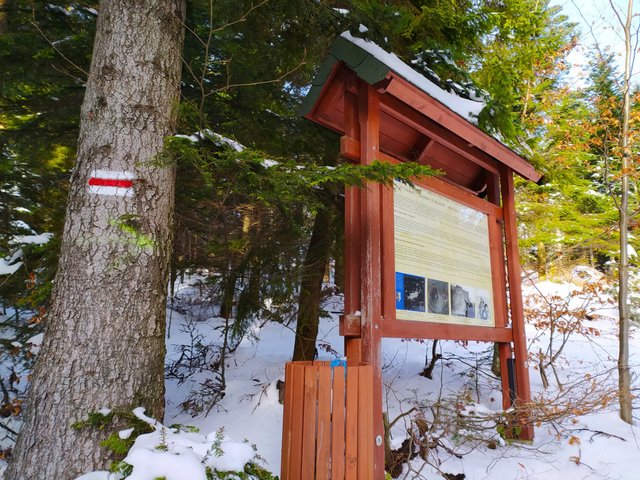
Kazimierz Korydlewski born in 1903 in Poznań. In 1926, he introduced the authorship method to establish minima of brightness, and in the same year he discovered the variable star T Corvi in the constellation of the Raven with a variation of about 400 days. On his initiative, from 1946, a bugle call from the St. Mary's Tower was broadcast on Polish Radio. In 1961, he discovered the Earth's moons of dust.
Earth's dust moons, also known as Kordylewski's moons, are interplanetary clusters, fine dust clouds. They are located at the calibration points of the Earth - Moon system in the orbit of the Moon. On the other hand, calibration points are places where the attraction forces of both objects and inertia forces are balanced. The matter at such a point is in the so-called "gravitational trap" because it is attracted by the same force by both objects. Each of these clouds contains tens of billions of individual pollen, but research is extremely difficult because they are very small plus distance, and the vastness of space makes research difficult.

Stop 6. "Tadeusz Banachiewicz - creator of the first observation station in Lubomir"
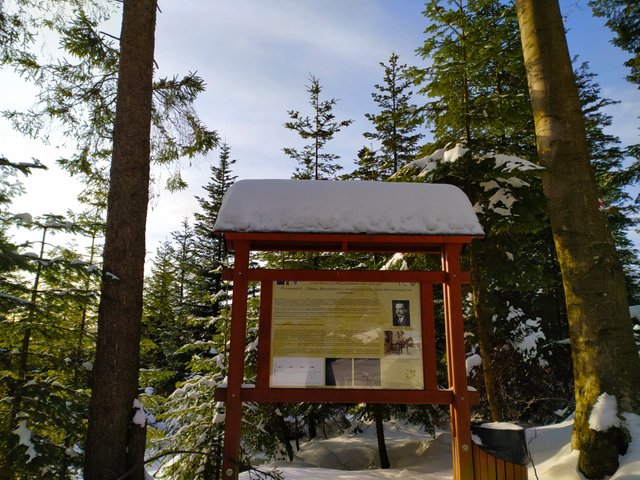
Tadeusz Banachiewicz was born in 1882 in Warsaw. From an early age he showed a passion for astronomy and science. He studied astronomy in Warsaw and Germany. He received the title of full professor. It was thanks to him that the Observatory was created, which I chose as the destination of this journey. He mainly dealt with variable stars. He designed the chronokinematograph and developed the „krakowianowy” calculus.
"Chronokinematograph - is a special film camera compressed by a chronometer (very accurate clock). Sun observation device. "
"The krakowianowy calculus - is a method of conducting astronomical and geodetic calculations, simplifying them by reducing the number of operations, thus reducing the possibility of making a mistake: this calculus makes it easier to solve linear equations with many unknowns." Variable stars are stars that change brightness for various reasons, they can be single or double. There are two types of variation - physical - if there are changes in the star itself and - eclipse - if the star's light is obstructed, e.g. by another star. Such curtains are cyclical and can occur from several hours to several dozen years. An example of such an eclipse whistle is Algol in the constellation Perseus. The eclipse period is 2.87 days. In contrast, the star with the longest eclipse cycle of 27 years is Epsilon Aurigae in the constellation of Woźnica. Professor Tadeusz Banachiewicz was valued not only in Poland for his achievements, but also around the world. Or maybe even outside of it;).
One of the asteroids and one crater on the moon is named after prof. Banachiewicz.
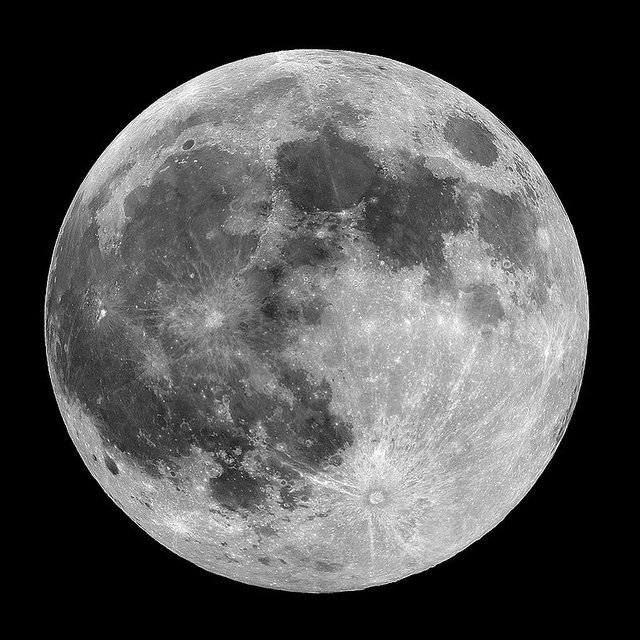
source: https://pl.wikipedia.org/wiki/Ksi%C4%99%C5%BCyc
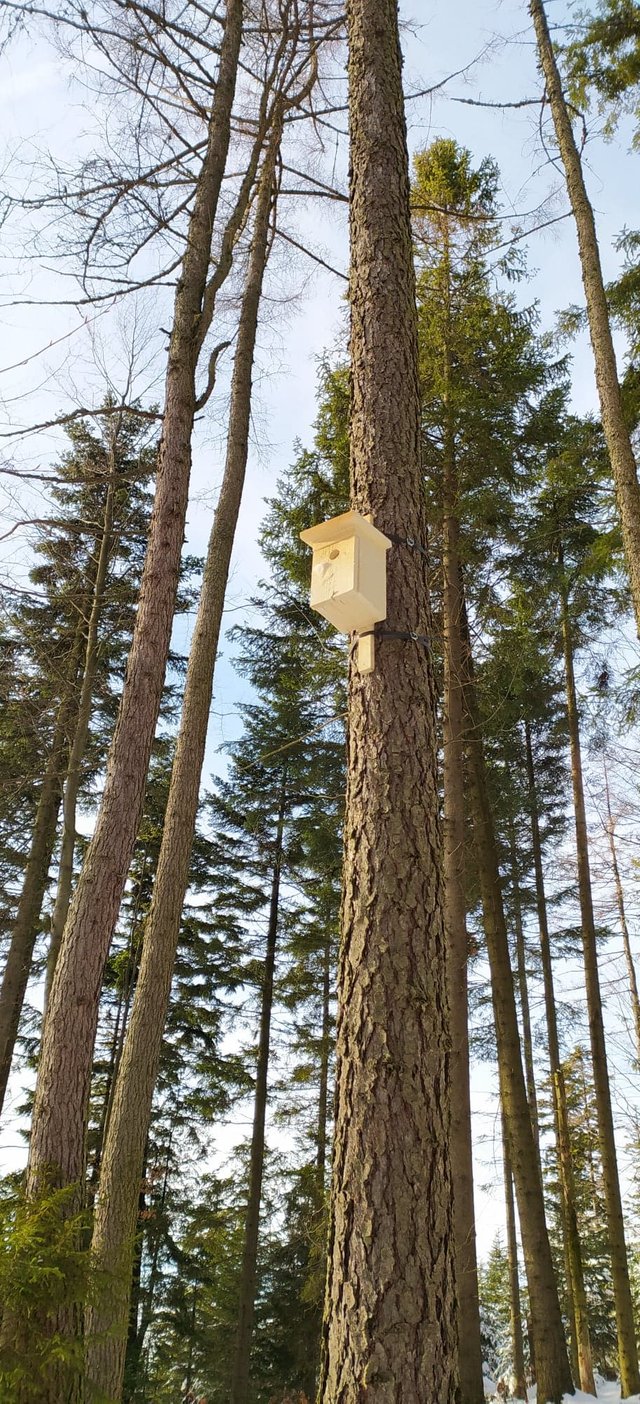
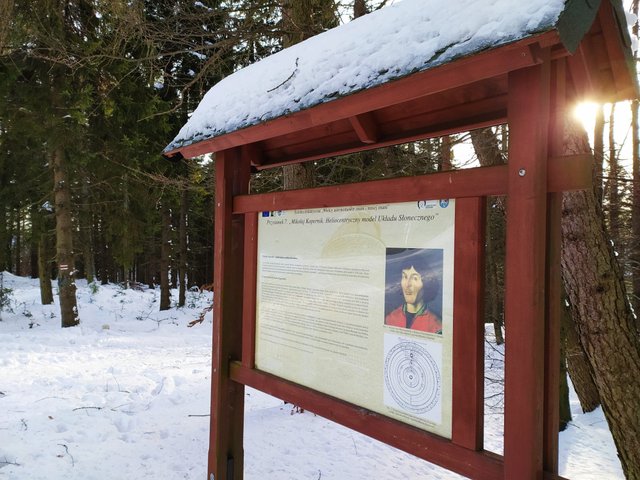
Stop 7. "Mikołaj Kopernik. Heliocentric model of the solar system "
Mikołaj Kopernik as the most famous Polish astronomer probably needs no introduction. We learn about him in schools under his name and his character is widely known, so in short:
Kopernik theory says that the sun is in the center of the solar system around which the planets revolve and not as it was previously believed that the center is Earth. The earlier view was called geocentrism formed by Claudius Ptolemy. After years of research, Kopernik developed a heliocentric model of the Solar System. However, he did not take it smoothly and immediately. His book entitled "De revolutionibus orbium coelestium" has been in the forbidden books index for over 200 years. Currently, Kopernik discovery is referred to as the Copernican revolution or revolution. His theory became the foundation of exact sciences, which says that every claim must be supported by evidence.
The name Kopernik bears a crater on the moon, a crater on Mars, asteroid No. 1322, and countless streets, squares, institutions and other buildings.
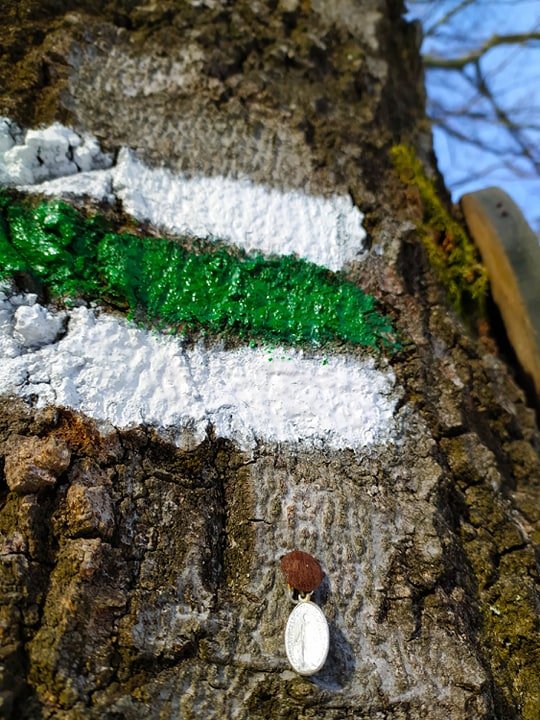
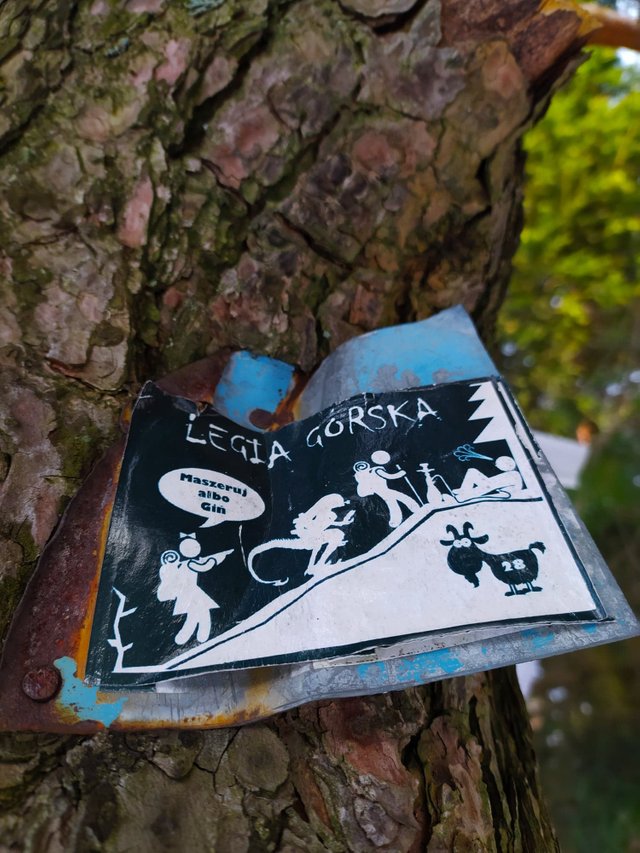
In the picture: "march or die"
Stop 8. "Astronomical observatory in Lubomir yesterday and today"
Observatory of the name of Professor Banachiewicz.

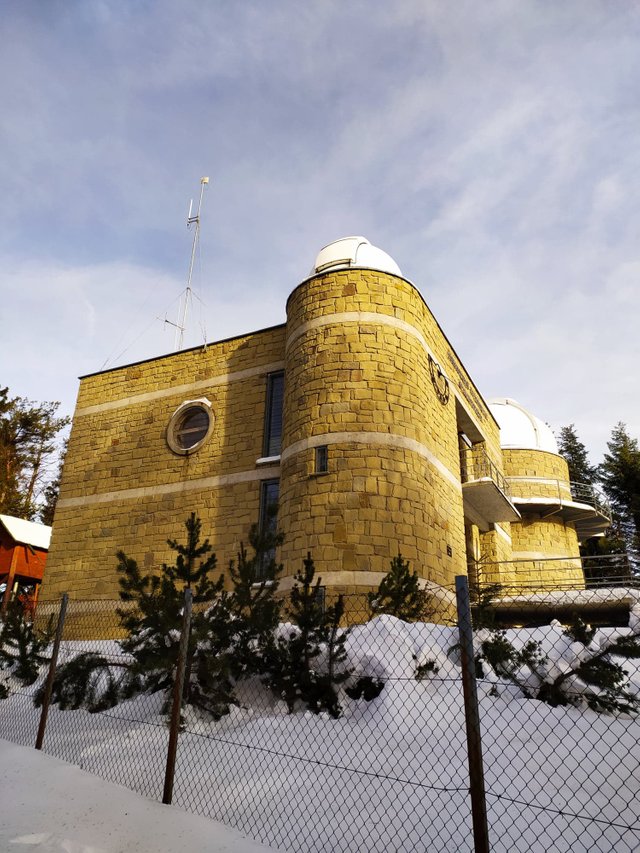
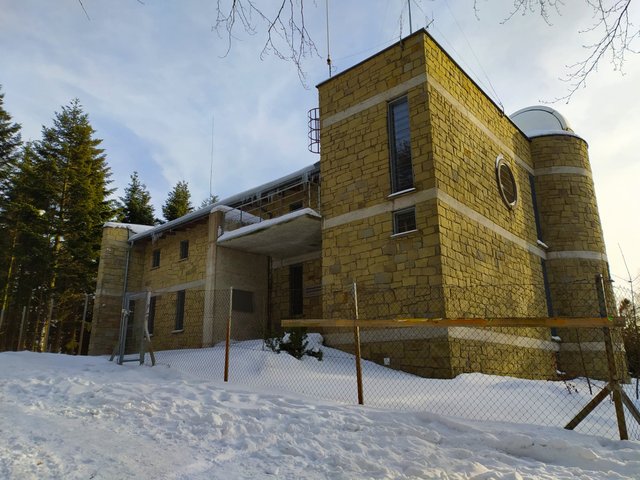
Professor Banachiewicz began to think about creating an astronomical station as soon as he became the director of the Jagiellonian University Astronomical Observatory. He immediately began looking for a suitable place to run the facility. After examining numerous places, he finally decided that the station would be built on top of the Łysina mountain. The plot for construction and the hunting lodge, which was arranged as a residential building, was donated by Prince Kazimierz Lubomirski. It was in his honor that in the 70s the name of the summit was changed from Łysnia to Lubomir. The facility of the first mountain astronomical station was not very extensive, but practical. They included: a residential building, a platform - a gloriette - located next to the pavilion, raised on stilts to allow observation of the sky near the horizon, a booth with meteorological instruments and a wooden observation pavilion with an opening roof, which today looks like this:
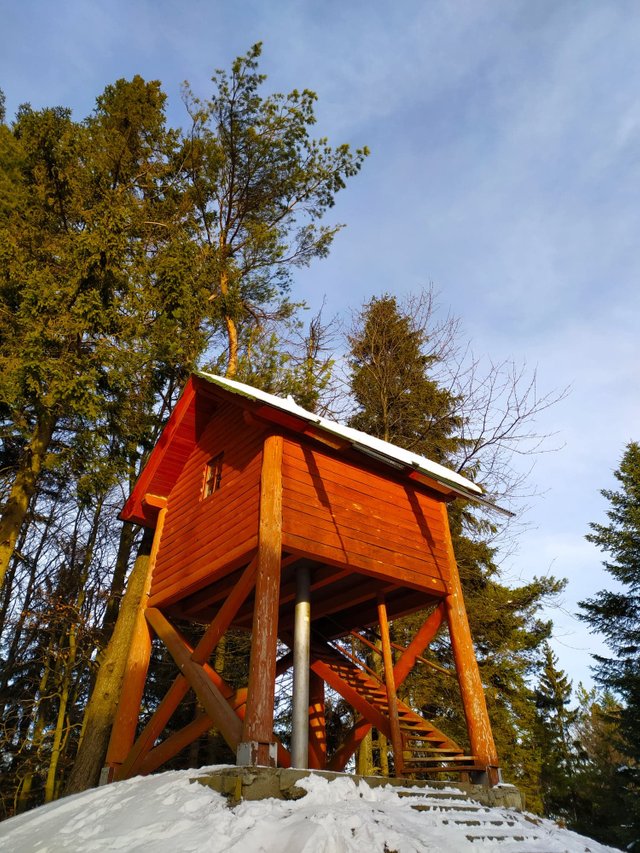
Unfortunately, in September 1944, the station was burned down by the Nazis along with the library and valuable observation notes collected over 20 years. There is not much left from the observatory at that time. More precisely, the mound for the construction of the observation pavilion and the concrete pole to which the telescope was attached.
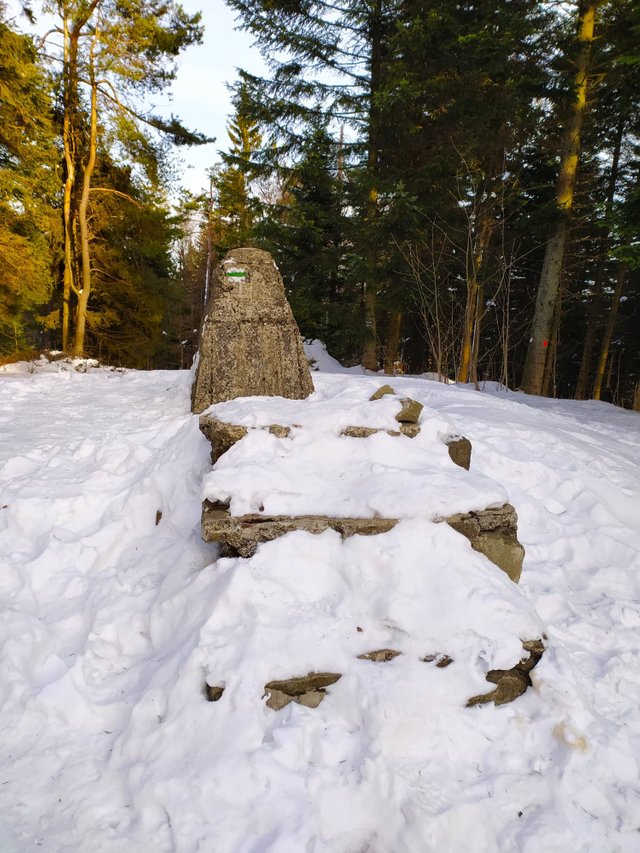
To the delight of all people who like the numbers of the sky and its secrets, on March 22, 2003, the Committee for Reconstruction of the Astronomical Observatory in Lubomir was established. The same committee and municipal organizations led to the reconstruction of the popular Observatory and were officially opened on October 6, 2007.
Thank you for your time and attention!

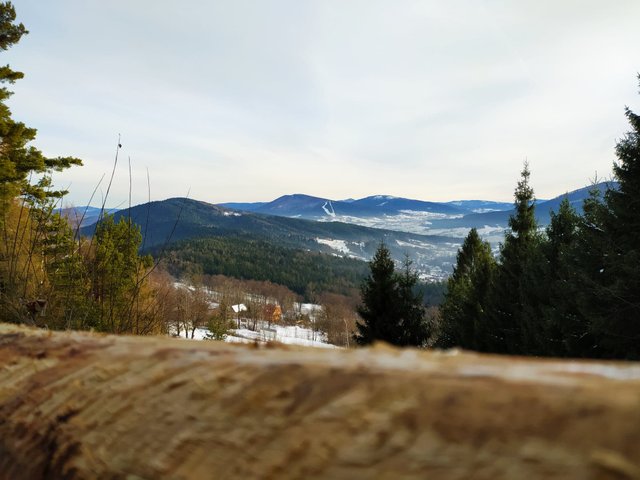

Very nice post really enjoyed that keep up the good work 👍🏾 @tipu curate
Upvoted 👌 (Mana: 0/3 - need recharge?)
Thank you @kgakakillerg 🤜🏾🤛🏻 🤝 :)
No problem my friend 🤜🏾🤛🏼 🤝
Congratulations @peter.goki! Your post made the TravelFeed team happy so we have sent you our big smile. Keep up the good job. 😃
Feedback
Based on your post, we have the following feedback for you:
Thanks for using TravelFeed!
@smeralda (TravelFeed team)
PS: Why not share your blog posts to your family and friends with the convenient sharing buttons on TravelFeed.io?
Congratulations @peter.goki! You have completed the following achievement on the Steem blockchain and have been rewarded with new badge(s) :
You can view your badges on your Steem Board and compare to others on the Steem Ranking
If you no longer want to receive notifications, reply to this comment with the word
STOPVote for @Steemitboard as a witness to get one more award and increased upvotes!